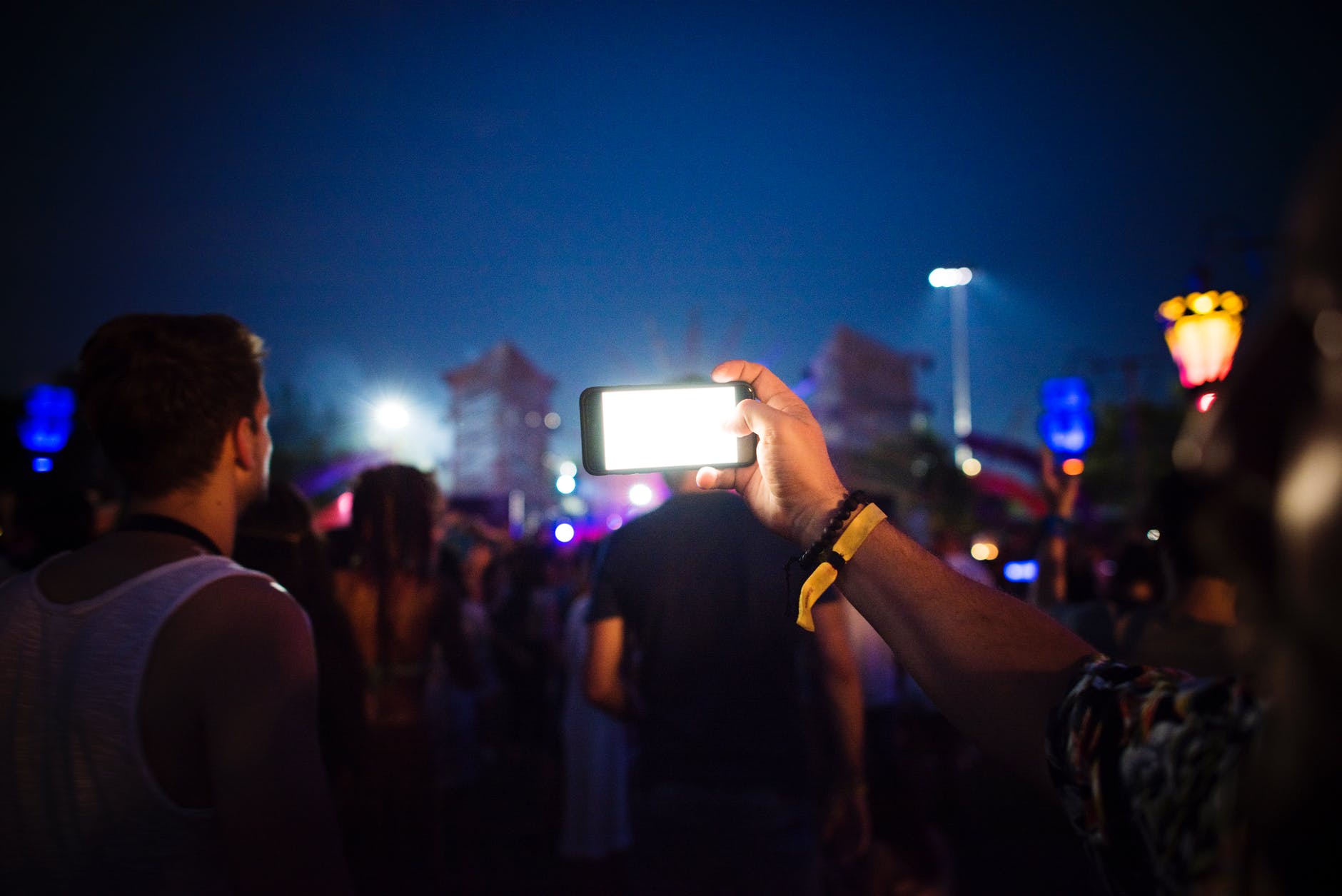In 2001, Richard Prentice wrote a scholarly article, which turned out to be more or less prophetic. In the text, he addressed the issue of back then rapidly changing cultural tourism, mostly in the UK, and looked at how branding and marketing strategies increasingly began making use of various types of authenticity. Noticing the newly emerged appeal to feelings in advertisements (feel the highlands!, smell the sea!, enjoy the walk along the lake!, etc), Prentice remarked that museums, deliberately, had to step on this track, too, and started “proffer[ing] as authentic an experience as possible of their chosen subject, utilising [art] objects as media, supplemented by curatorial interpretation designed to inform, delight and provoke” (6). Alongside authenticity, the key difference between old- and new-type museums was that the latter were taking care to produce the authentic experience together with the consumers. In other words, museums became responsive to the visitors’ needs and started trying to show the artistic objects the way people wanted to see them.
Prentice stressed that museums, unlike cultural enterprises or heritage sites, were uniquely positioned because they were “objectively authentic”, meaning that objects exhibited in museums had not undergone significant changes, unlike, for instance, archeological remains, or urban landscapes. This, Prentice believed, gave museums a great opportunity to learn “how authenticity is appraised and negotiated” (22) by tourists. In other words, among numerous cultural institutions, it was up to museums to discover the ways in which consumer-defined authenticity works.
Already in 1987, Colin Campbell, whom Prentice sited in his article, observed that “consumption is as much in expectation as in engagement when visiting [museums]” (6). Forty years later, Russel Dornan, when writing about SMM strategies used by museums, addressed, in fact, this very condition of expectation. This time, an expectation of the real visit — one of the traits museums’ social media presence — is indefinitely prolonged, so that the boundaries between it and the actual presence in the museum are becoming more and more blurred. What lies at the core of good SMM tactics is, though Dornan doesn’t name, also authenticity: this time not the authenticity of objects, but of interaction between a museum and its visitors. This interaction is real, vivid, colorful, and consistent when the museums’ social accounts have, as Dornan says, personality: “museums and their audiences can have a more direct, personal and informal relationship with each other” thanks to social media accounts, which are managed by real people.
For Dornan, having a human being behind a museum’s digital face/icon with her/his personal traits and sense of humor is a somewhat intimate, and therefore positive aspect in the times of increasing de-personification of communication. Indeed, this perception of humane, intimate, personal (regardless of it actually being such) as something positive across the digital world, can be seen as a part of a bigger trend, including, most notably, Facebook’s recent decision to show more posts from friends and family more often than those from news agencies. SMM’s are human beings that “use tools to speak to others”: this makes the interaction more natural, more authentic, and, supposedly, helps the museum to adjust itself to the needs and desires of its audience. On the other hand, this interaction, this bond between museums and audiences allows SMM’s to push certain social agenda through the public, most often this being left- or progressive-oriented stances, such as awareness about police brutality or LGBTQI rights. This, one can say, is also a discussion about authenticity: whether a museum [re]presents real, actual, hidden and complex societies we are living in.
Thus, what Prentice somewhat prophetically envisioned in 2001, with the arrival of social media, and later, of social media managers, came to be true. What he called “experiential cultural tourism” has magnified to such great proportions (one of the latest steps being Airbnb starting to offer experiences alongside rentals), that one can hardly imagine an old-school tourist, who buys a package to see “the wonders of Scotland” and who, during her/his trip, ends up in several predetermined museums.
There is, however, an interesting, upside-down parallel between the changes described by Prentice and the social-oriented shifts talked about by Dornan. In 2001, museums ceased to be distinctive in the market because the customers’ demand changed dramatically, and museums had to catch up, entering a new period of curatorship and centering themselves around authenticity. Nowadays, in the era of museum-personalities acting broadly on social media, each of whom, potentially, can promote a certain political agenda (and thus re-enforce its authentic relations with its audience), one can face a situation of clusters that will form around a bunch of certain museums, and who never, because of the difference in social/political agendas, would end up in a different museum. Whether this indeed contributes to the much-cherished diversity, is a reasonable question to ask.
